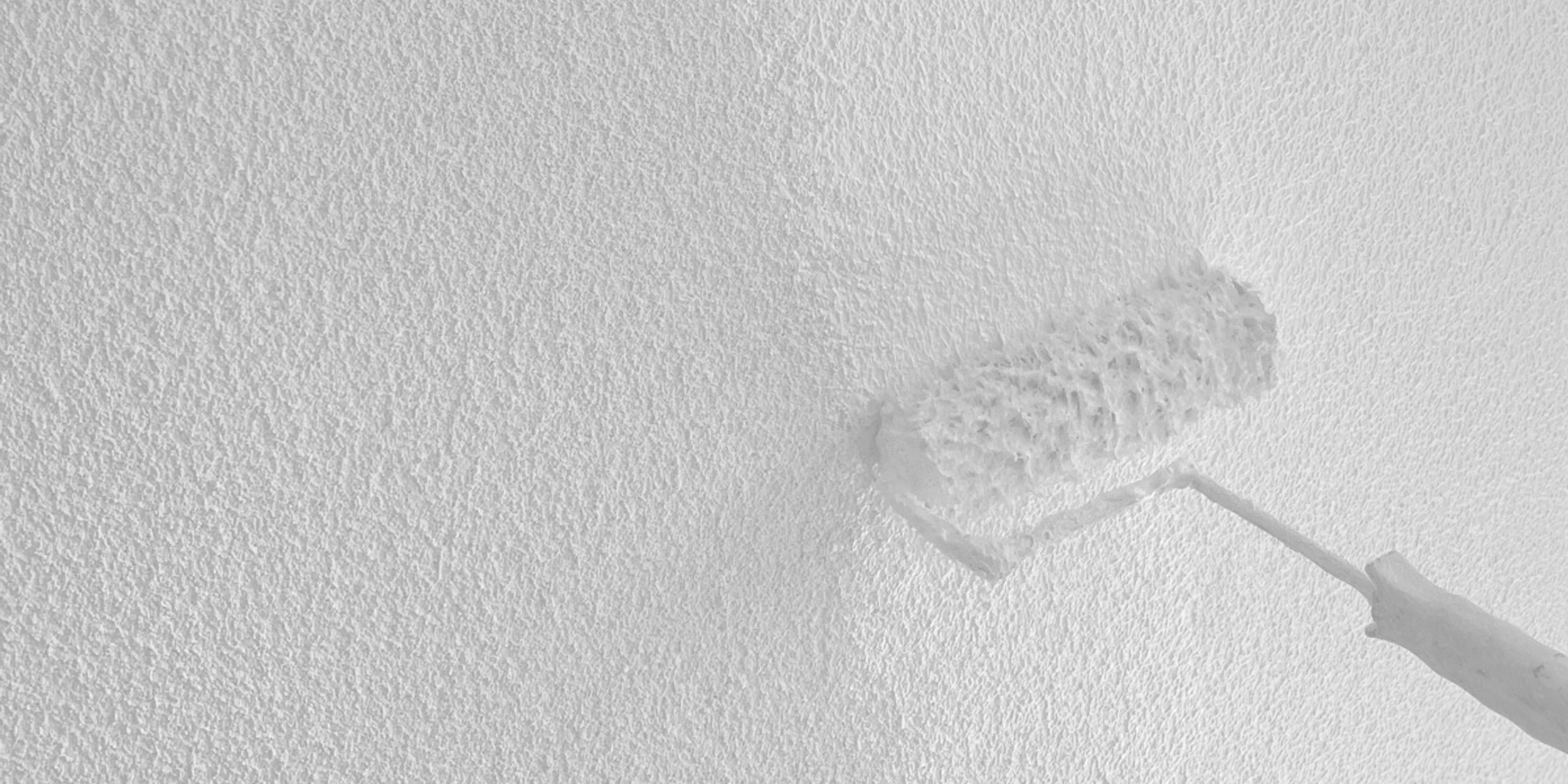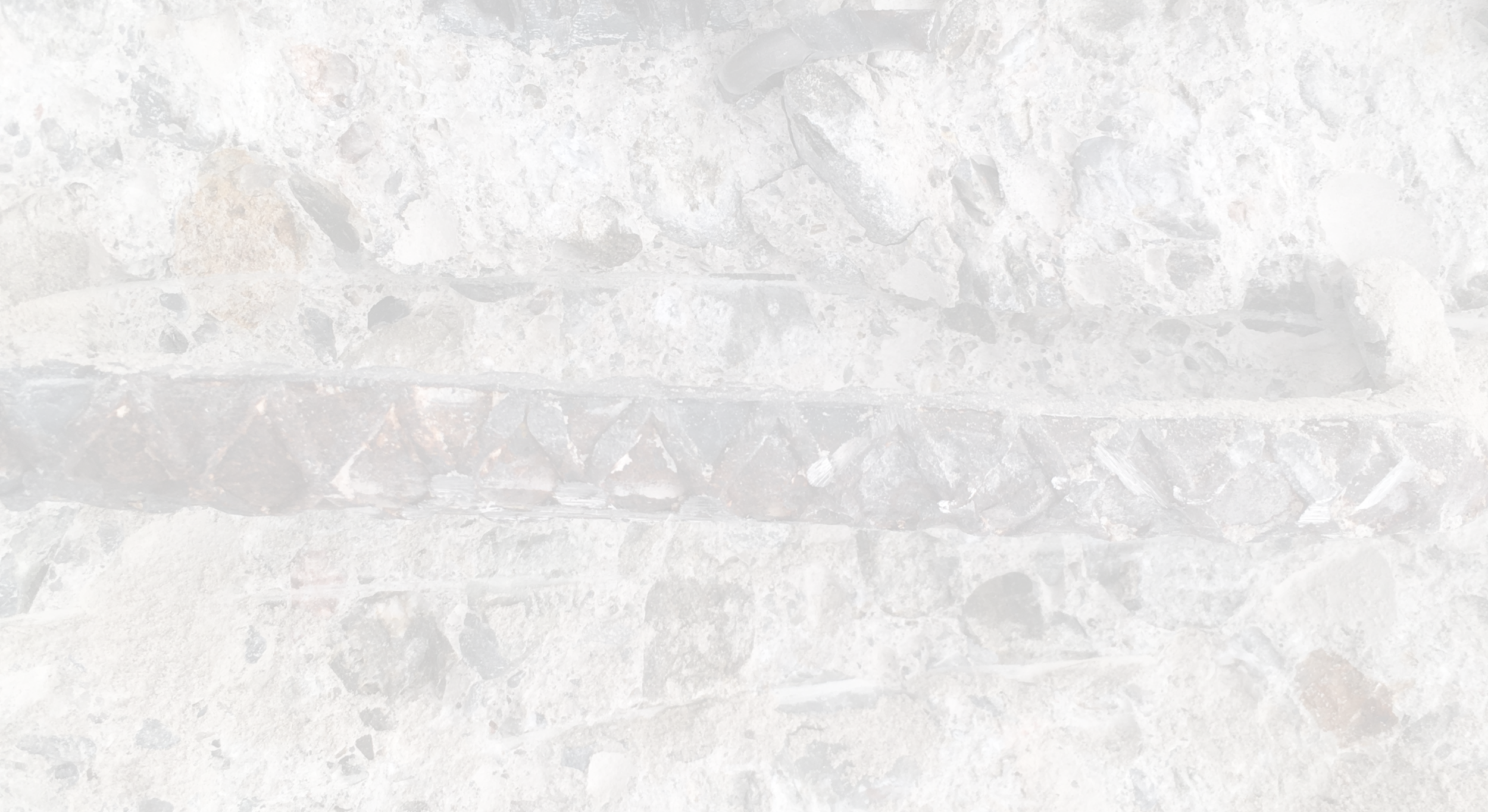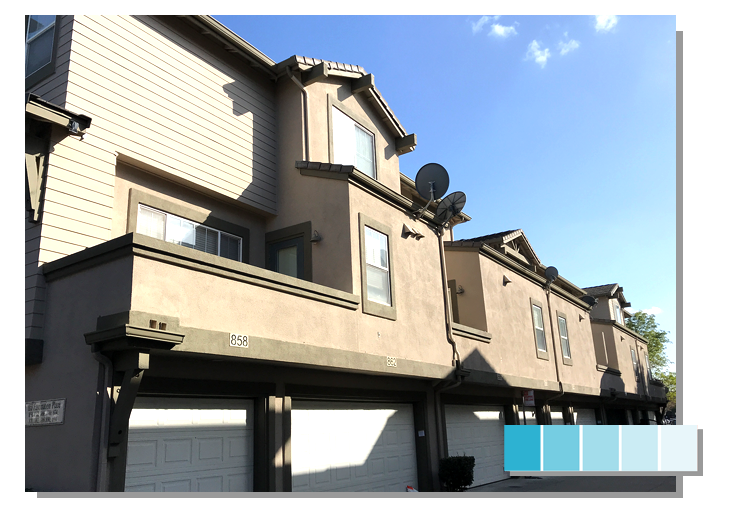
Wall Coatings
Besides providing an attractive finish, wall coatings are an integral component of a complete building envelope system. Porous materials like concrete plaster, and wood, need to be sealed to prevent moisture incursion. All structures benefit from a cosmetic finish, but also durable and flexible enough to act as a moisture barrier.
Wall coatings should be inspected every 5-7 years. Areas with more contact to UV rays will need replacement sooner than shaded areas.
Why Invest In Wall Coatings?
Wall coatings, from elastomerics to standard acrylics are key parts of your building’s outer “skin”, protecting the substrate from UV and water damage.
Exposure to moisture and thermal cycling can deteriorate concrete, plaster, and wood, commonly used in building construction. Once weakened, or cracked, water can penetrate through the outer layers and damage the reinforcing, causing concrete to crack and fall off the building or dry rot in wood substrates.
These compromised substrates can allow water into the wall cavities, causing mold or interior finish damage, or become safety hazards when building components become so loose they fall from the building.
Before you get started updating or replacing your wall coatings, it is important to understand the goals of the coating. Do you need a robust, high-build waterproof coating? Or maybe you need a thinner, more UV resistant, breathable application?
To set your project up for success, here are a few important things to consider:
Adhesion tests are important at the project outset, to ensure the coating system used will adhere properly.
Elastomeric coatings provide great flexibility to bridge cracks in the substrate but are less forgiving for moisture trapped in the substrate. Moisture readings are important to make sure the substrate is ready for coating with an elastomeric.
Elastomerics, being a little more “rubbery” than traditional acrylic paint (especially silicone elastomerics), can attract dirt more. Color choice or a cleaning program should be considered when choosing this coating if dirt pickup is an issue.
Consider the color – dark colors will age and fade faster than pastels.

Types of Buildings We Work On
SUCCESS STORIES
We don’t work without our amazing clients!
Services
-
Elastomerics are high-build, flexible coatings used most often on masonry surfaces to bridge hairline cracks and provide a waterproofing layer.
-
This is the workhorse of the paint industry and can be applied on wood, masonry, and metal surfaces. Typically applied at 3-5 mills dry thickness, latex / acrylic coatings are water-based, coming in a variety of sheens, and offering excellent color retention and breathability.
-
Similar to acrylic elastomerics, the silicone variety has exceptional UV resistance, and lasts much longer than its acrylic counterpart. Being silicone-based, these coatings are a little “stickier” and are known for dirt pickup over time.























